This article was co-authored by Chris M. Matsko, MD. Dr. Chris M. Matsko is a retired physician based in Pittsburgh, Pennsylvania. With over 25 years of medical research experience, Dr. Matsko was awarded the Pittsburgh Cornell University Leadership Award for Excellence. He holds a BS in Nutritional Science from Cornell University and an MD from the Temple University School of Medicine in 2007. Dr. Matsko earned a Research Writing Certification from the American Medical Writers Association (AMWA) in 2016 and a Medical Writing & Editing Certification from the University of Chicago in 2017.
There are 12 references cited in this article, which can be found at the bottom of the page.
This article has been viewed 28,245 times.
Cold hands can be a straightforward problem due to a cold environment or because you just handled something cold. But if your hands are cold frequently, constantly, or after particular triggers, you may have another health concern. If you have cold hands, learn how to diagnose the potential problem.
Steps
Diagnosing Conditions that Cause Cold Hands
-
1Get checked for anemia. Anemia is one of the underlying conditions that causes unusually cold hands. Anemia is a general term describing a condition in which you do not have enough red blood cells to carry oxygen to all parts of your body. The symptoms of anemia include fatigue, weakness, pale skin, a rapid heart rate which may be irregular, difficulty catching your breath, dizziness, lightheadedness, and cold hands and feet.[1]
- Most anemias can be diagnosed with a blood test or a series of blood tests and most anemias can be treated. Your doctor will check your hemoglobin and hematocrit levels.[2]
- If you have unusually cold hands along with any of the symptoms listed for anemia, call your doctor right away and let them know the symptoms you are experiencing.
-
2Find out if you have diabetes. Diabetes is a condition where blood sugar is not well regulated. In diabetic people, the blood sugar can get very high (hyperglycemia)[3] or very low (hypoglycemia). Unusually or extremely cold hands is commonly a sign of low blood sugar or diabetic.[4]
- Common symptoms for diabetes include urinating often, feeling very thirsty or hungry, fatigue, slow healing cuts, blurry vision, unexplained weight loss, or pain or numbness in the hands.[5] If you haven't been diagnosed with diabetes but exhibit these symptoms, consult your doctor for tests such as a fasting glucose levels or an HBA1C.
- If you have been diagnosed with diabetes, contact your physician right away if you are experiencing unusually cold hands.
Advertisement -
3Determine if you have frostnip and frostbite. Frostnip is characterized by cold and reddened skin with a prickling or pins and needles feeling. There may be numbness as well. It is the stage before frostbite. Frostbite is the second stage. The affected areas are pale and may actually begin to feel warm.[6]
- Frostnip is treated with getting out of the cold and warming. Frostnip doesn’t permanently damage the skin.
- With frostbite, there is an indication of damage. Blisters or skin mottling may appear with re-warming the skin.
- Frostbite can lead to permanent damage, so if you suspect frostbite, get medical attention immediately.
-
4Get tested for Buerger’s Disease. Buerger’s Disease is also known as thromboangiitis obliterans. It is a rare disease in which the arteries and veins in the arms, legs, hands, and feet are inflamed, swollen, and can become blocked with sometimes tiny blood clots. The symptoms include pain and tenderness in the hands and feet, especially when using your hands and feet. Your fingers and toes can turn white or pale blue. They may feel painful when exposed to cold and take a long time to get warmed up.[7]
- It is almost always associated with smoking or using tobacco products.
-
5Test for Systemic Lupus Erythematosus. Lupus is a chronic autoimmune and inflammatory disorder that can affect many different parts of the body, including the joints, skin, kidneys, blood cells, brain, heart, and lungs. In many cases of lupus, there is a rash across the nose and cheeks. People may also have joint pain, swelling, and stiffness, along with fingers and toes that are cold and turn blue when exposed to cold temperature or during periods of stress. Other symptoms include shortness of breath, dry eyes, fatigue, and fever.[8]
- Diagnosis can be difficult and often requires numerous tests including blood work, urinalysis, imaging studies, and biopsies of involved organs or tissues.
-
6Determine if you have Raynaud’s disease. Raynaud’s disease more commonly affects women than men and causes the hands and feet to feel numb and abnormally cold as a response to cold temperatures or stress. In Raynaud’s disease, the small blood vessels in the hands and feet go into spasms when exposed to cold or to stress.[9]
- There is no single diagnostic test for Raynaud’s disease. Often it is a diagnosis of exclusion, meaning all other possible disorders have been excluded, leaving Raynaud’s disease as the diagnosis.
- Treatment for Raynaud's phenomenon may include patient education, measures to maintain body temperature, pharmacological therapy with calcium channel blockers, and behavior therapies. Your doctor may prescribe slow-release or long-acting preparations of calcium channel blockers such as nifedipine or amlodipine.
- Side effects associated with the calcium channel blockers include headache, dizziness, flushing, rapid heartbeat, and swelling.
-
7Test for Scleroderma. Scleroderma is rare disorder where skin and connective tissue hardens and tightens. Scleroderma affects the skin, particularly the skin of the fingers and toes, in nearly everyone with the disorder. One of the characteristic symptoms is numbness and coldness in the fingers and toes due to cold temperatures or stress. Other symptoms include areas of skin getting hard and tight, heartburn, difficulty absorbing nutrients and nutrient deficiencies, and, more rarely, heart, lung, and kidney disorders.
- Scleroderma can be difficult to diagnose because there is no single test available and it is quite rare.
Watching for Other Potential Symptoms
-
1Look for discoloration of the hands. One of the symptoms of an underlying condition of cold hands is hand discoloration. Your hands may be white, white-purple, red, purple, blue, or white-yellow.[10]
- The hands may be hard or waxy.
-
2Monitor for any odd sensations in the hand. If there is something else going on with your cold hands, you may feel sensations in addition to the cold in your hands. These sensations include:[11]
- Pain
- Throbbing
- Burning
- Tingling
- Numbness or loss of feeling
- These sensations may also happen in other body parts, like the legs, feet, toes, face, or earlobes.
-
3Check for blisters. Sometimes, cold hands may occur with sores on the hands. Look for blisters or ulcers on your hands or fingers. They may also become swollen or painful.[12]
- These blisters may also appear on the feet.
-
4Watch for a rash. Some conditions connected with cold hands might cause a rash, scaly areas, bumps, or lumps. These areas may also bleed, itch, or burn.
-
5Monitor bodily changes. Cold hands connected with bodily changes may point to an underlying issue. Look for changes in weight, possibly due to diabetes and hypothyroidism, along with excessive hunger and thirst. Another symptom may be fatigue.[13]
- Frequent urination, joint and muscle pain, depression, and blurred vision may also be symptoms of an underlying condition.
Seeking Treatment for Cold Hands
-
1See your doctor. If your hands get unusually cold without any known reason, see your physician as soon as possible. Ask if any of the conditions listed here may be a potential problem for you.[14]
- Keep track of any symptoms, and let your physician know.
- Make certain you get your thyroid checked as well. Thyroid disorders, such as hypothyroidism, can make your entire body cold, not just your hands, but it may be worth a check just in case.
-
2Know when to go to the emergency room. If you have certain symptoms of cold hands, you should immediately go to the ER. Frostbite requires immediate medical attention, so go to the hospital if you think you have frostbite. If you have white or hard areas on your hands, or if white areas have thawed, go to the emergency room.
- If your hands were wet and cold for over an hour, visit the ER.
- If your hands are painful, go to the emergency room.
-
3Understand that treatment varies depending on the underlying condition. Since cold hands may be related to various different problems, the treatment of cold hands will vary. These treatments will range from quitting smoking to treat for Buerger’s Disease, to taking medications to dilate the blood vessels and relieve the symptoms of Raynaud's phenomenon, to managing your diabetes. Your doctor will treat the underlying condition.[15]
- Your doctor may prescribe medication to help the underlying condition or help you come up with lifestyle changes.
References
- ↑ https://www.hematology.org/education/patients/anemia
- ↑ https://familydoctor.org/condition/anemia/
- ↑ https://www.diabetes.org/diabetes/medication-management/blood-glucose-testing-and-control/hyperglycemia
- ↑ http://www.niddk.nih.gov/health-information/health-topics/Diabetes/hypoglycemia/Pages/index.aspx
- ↑ http://www.diabetes.org/diabetes-basics/symptoms/
- ↑ https://www.mayoclinic.org/diseases-conditions/frostbite/symptoms-causes/syc-20372656
- ↑ http://emedicine.medscape.com/article/460027-overview
- ↑ http://emedicine.medscape.com/article/332244-overview
- ↑ https://www.hopkinsmedicine.org/health/conditions-and-diseases/raynauds-phenomenon
- ↑ https://my.clevelandclinic.org/health/symptoms/17861-cold-hands
- ↑ http://www.mayoclinic.org/symptoms/cold-hands/basics/definition/sym-20050648
- ↑ https://my.clevelandclinic.org/health/symptoms/17861-cold-hands
- ↑ https://www.mayoclinic.org/symptoms/cold-hands/basics/causes/sym-20050648
- ↑ http://www.mayoclinic.org/symptoms/cold-hands/basics/definition/sym-20050648
- ↑ http://www.mayoclinic.org/symptoms/cold-hands/basics/definition/sym-20050648
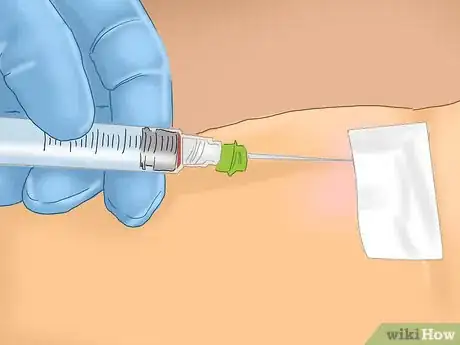






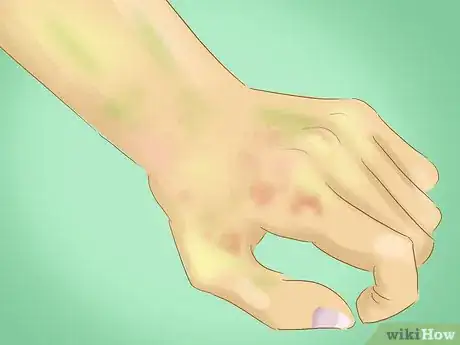
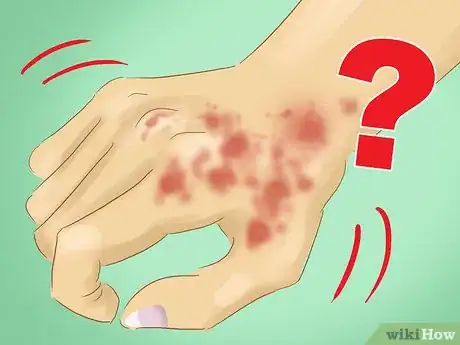
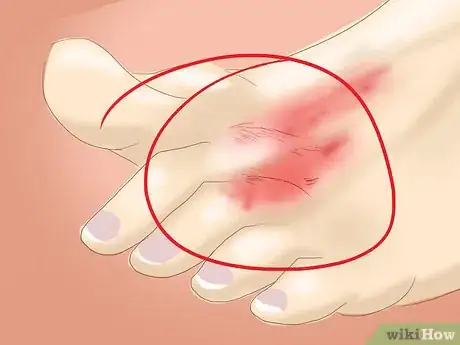

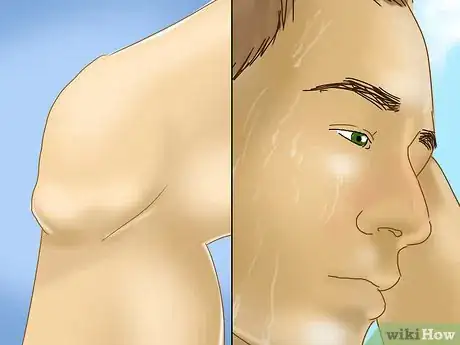
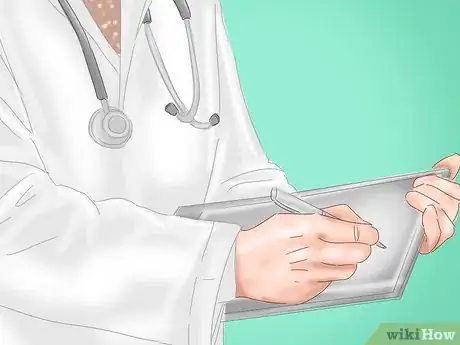


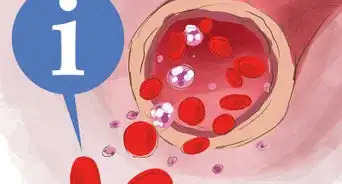
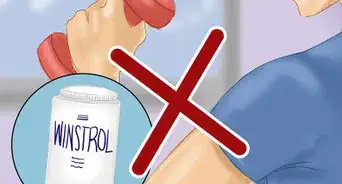
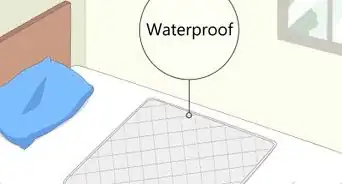

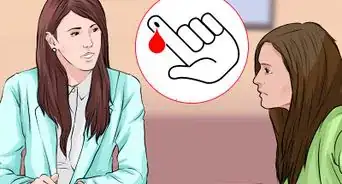
-Step-22.webp)

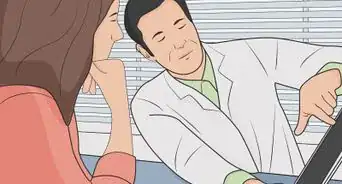








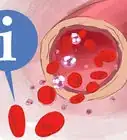
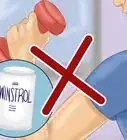
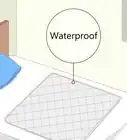




































Medical Disclaimer
The content of this article is not intended to be a substitute for professional medical advice, examination, diagnosis, or treatment. You should always contact your doctor or other qualified healthcare professional before starting, changing, or stopping any kind of health treatment.
Read More...